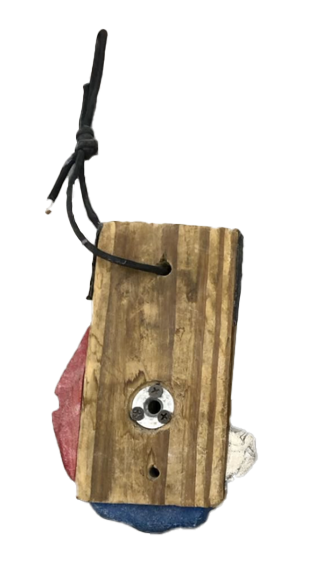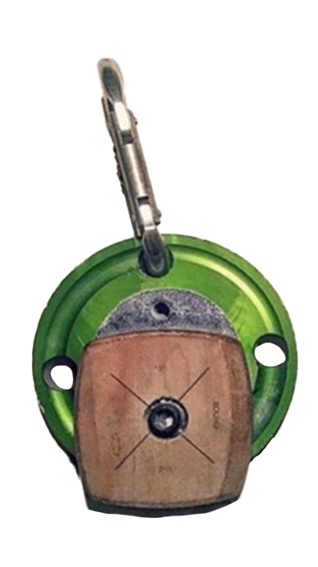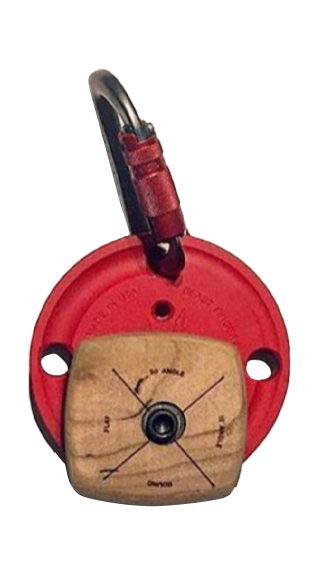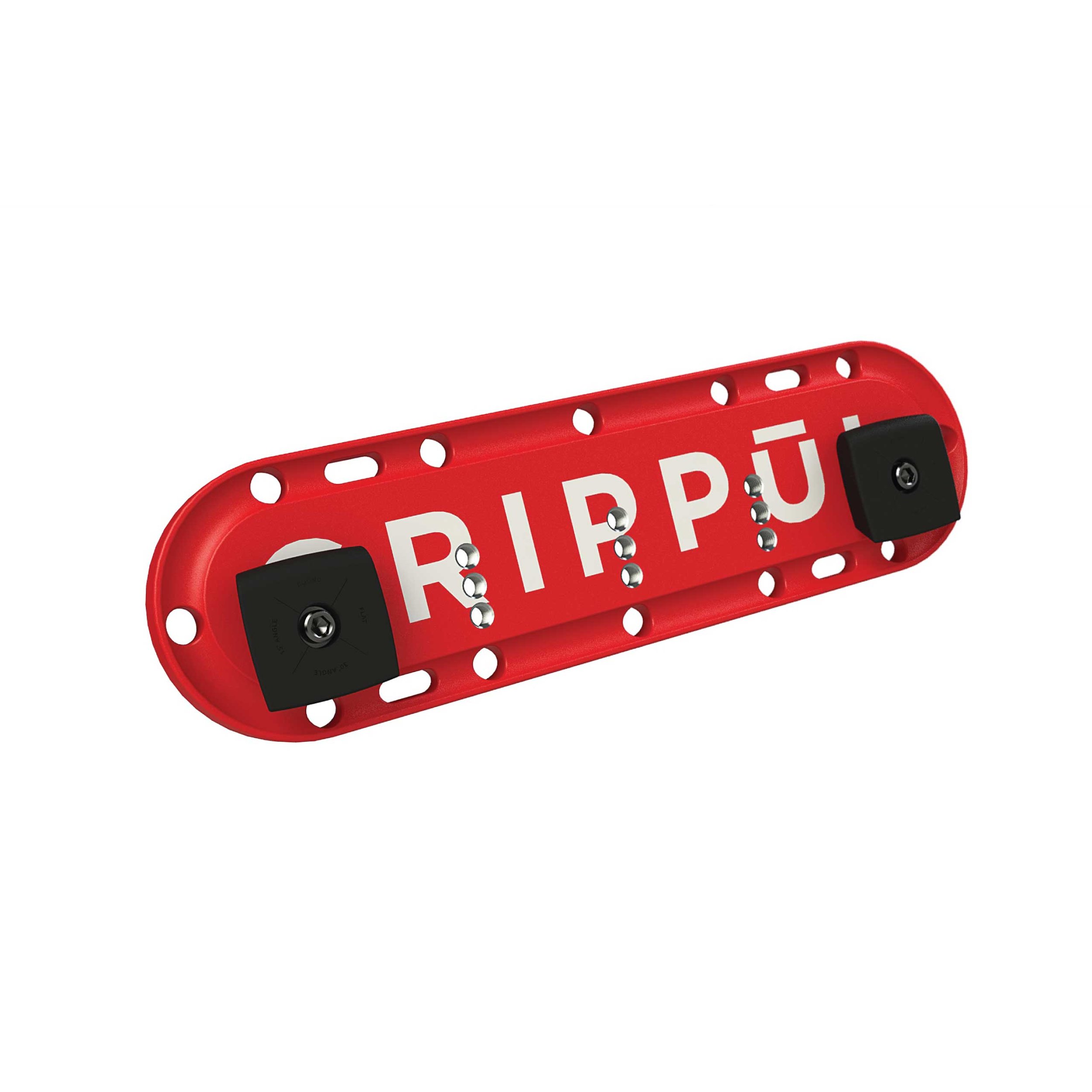GRIPPUL HISTORY
Where it All Started (2013)
In a garage in 2013, the first Grippūl was carved by hand from a single block of wood. It wasn’t intended for mass production — it was meant to solve a problem. Climbing injuries and imbalances had led to the need for a training device that isolated true finger flexor mechanics—without needing to hang. That early prototype was crude, and deeply personal — but it worked. It was the first no-hang solution for any climbing hold. Made a few for friends. Its simplicity revealed a new way to approach grip training: by removing the noise.
This DIY creation soon became a curiosity in training circles, quietly passed between climbers, therapists, and athletes recovering from injury. Without marketing, it traveled — because it worked.
Unlike hangboards, the Grippūl wasn't static. It was dynamic — designed to move, twist, and isolate. Athletes could load their training, not just hang from it, but lift with it. The tools quietly started changing how people measured and trained finger strength.
Becoming a System (2018–2019)
G2 arrived in 2018, and it marked a shift. It wasn’t just a refined version — it introduced modular mounting, compatibility with elite holds, and surface friction engineered for real-world loading. This was the model that showed up in lab tests, research studies, and viral grip strength videos. No-hangs wasn’t niche anymore, it revitalized the market for no-hang tools.
In 2019, GxL pushed things further — Designed for integration as a hangboard and hanging integrated pulley systems, GxL made Grippūl accessible for studios, coaches, and remote athletes. A tool that started in one man’s garage had become a framework for measuring, building, and reclaiming strength.
9 Years of Grippūl
Hover over each red dot to explore the story behind every evolution of the Grippūl.
Legacy Forged in Aluminum
What began as a hand-cut wooden block in 2013 has evolved into one of the most trusted grip tools in elite training. From DIY roots to scientific validation, the Grippūl is a symbol of ingenuity, persistence, and athlete-driven design.
More than a device, it’s a story of resilience told in aluminum, bolts, and callused hands. And that story’s not over.
The Evolution Continues
A new generation of Grippūl is in motion. Precision-milled, digitally tracked, and built for progressive overload. From home gyms to Olympic training centers, the future of finger training is modular and measurable.
→ Explore the latest Grippūl




















